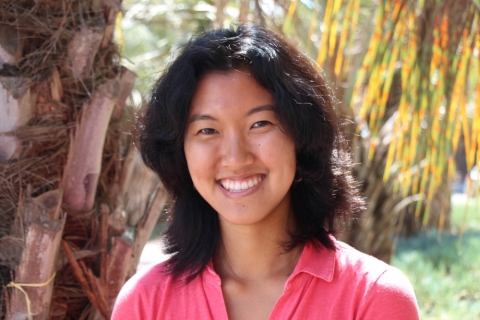Title: Computational Design of Multifunctional Surfaces using Molecular Dynamics Simulations
Abstract
Ensuring the widespread availability of potable water requires next-generation membranes that can treat highly contaminated waters. However, the development of these membrane materials must resolve key challenges, including the removal of small, charge-neutral solutes and the prevention of fouling. Addressing these challenges requires an understanding of how water mediates interactions between surfaces and solutes in aqueous environments. While idealized hydrophobic surfaces perturb water in predictable ways, realistic surfaces induce complex responses in water’s structure, dynamics, and thermodynamics. Atomistic molecular simulations can provide nanoscopic insight into water’s behavior at chemically and topologically heterogeneous surfaces.
In this talk, I will demonstrate that the spatial patterning of nonpolar and polar chemical functionalities modulates the transport of water and solutes through a model nanopore. By coupling molecular simulations with a genetic algorithm optimization, we identify non-intuitive patterns that maximize the rejection of boric acid and other small-molecule solutes, a longstanding challenge facing water treatment. Importantly, a machine-learned surrogate function significantly accelerates the workflow, making optimization in complex chemical design spaces tractable.
We further demonstrate that surface chemistry can be tuned to discourage solute fouling. We show that varying the chemical functional groups at a realistic, oligomeric brush surface significantly affects the structure of its hydration water and we relate this structural perturbation to the affinity of small-molecule solutes. We propose a molecular mechanism by which zwitterionic surface moieties in particular enhance solute repulsion with implications for the design of antifouling surfaces.
This work provides new insight into the fundamental mechanism by which multifunctional surfaces perturb water and solute behavior and suggests novel, optimization-based approaches to mapping the design space and resolving longstanding challenges in developing novel interfaces for water separations and other applications.




